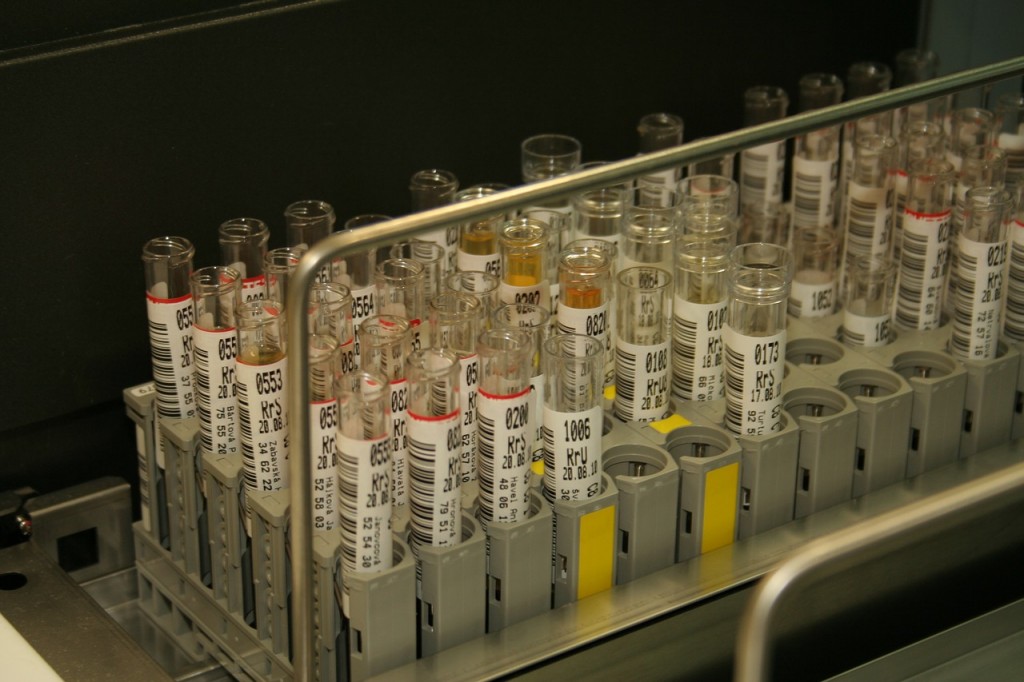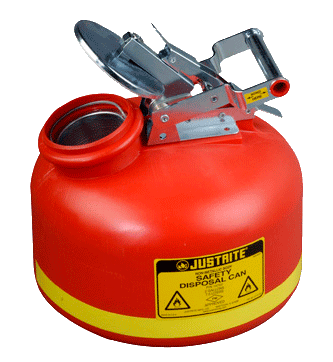Specialist Liquid Waste Removal Melbourne: Fast and Cost Effective Solutions
Specialist Liquid Waste Removal Melbourne: Fast and Cost Effective Solutions
Blog Article
Just How Liquid Waste Disposal Functions: A Thorough Summary of Methods and Technologies Employed

Review of Liquid Waste Types
The intricacy of fluid waste kinds requires a thorough understanding of their characteristics and implications for disposal. Liquid waste can extensively be categorized into numerous kinds, consisting of commercial, metropolitan, farming, and contaminated materials. Each classification exhibits unique residential properties, needing particular management approaches to alleviate ecological and wellness threats.
Industrial fluid waste stems from making procedures and typically contains a variety of pollutants, such as hefty steels, solvents, and organic compounds. Local liquid waste, mostly consisting of wastewater from houses and industrial facilities, consists of natural matter, nutrients, and virus (industrial wastewater treatment). Agricultural fluid waste, consisting of runoff from farms, might include fertilizers, pesticides, and pet waste, presenting threats to water top quality and ecological communities
Dangerous liquid waste is identified by its poisoning, sensitivity, or possible to create damage. This category consists of substances like acids, bases, and particular chemicals that necessitate rigid handling and disposal procedures. Understanding these varied liquid waste types is crucial for creating efficient disposal methods and making sure conformity with environmental guidelines. Proper category and characterization are vital for applying suitable therapy strategies and reducing the adverse effect on public wellness and the environment.
Physical Therapy Approaches

Testing is the initial step, where larger fragments and particles are gotten rid of from the liquid waste utilizing screens or grates. This procedure shields downstream tools from damages and makes sure smoother procedure. Complying with screening, sedimentation utilizes gravitational pressure to separate solids from liquids. In sedimentation containers, larger bits work out near the bottom, forming a sludge layer, while the clarified fluid can be additional treated.
Filtering is an additional necessary method that entails passing the liquid via permeable materials, such as sand or membrane layers, to catch smaller sized bits. This action improves the quality of the fluid, making it suitable for succeeding treatment procedures.

Chemical Treatment Strategies
Chemical treatment methods are vital for effectively handling fluid waste, especially in addressing dissolved and colloidal pollutants that physical methods may not adequately eliminate. These strategies utilize various chemical representatives to neutralize, precipitate, or change hazardous compounds right into less damaging kinds.
One common technique is coagulation and flocculation, where chemicals such as alum or ferric chloride are contributed to advertise the aggregation of suspended fragments. This procedure enhances sedimentation, permitting much easier removal of the resulting sludge. In addition, oxidation procedures, employing agents like chlorine or ozone, are utilized to break down complicated natural compounds and microorganisms, making the waste more secure for discharge or more treatment.
Neutralization is another essential technique, which changes the pH of acidic or alkaline waste streams to neutral levels, protecting against prospective harm to downstream systems and the atmosphere. Moreover, progressed oxidation procedures (AOPs) use mixes of oxidants and ultraviolet light to degrade persistent pollutants, achieving a higher level of therapy efficiency.
Biological Therapy Procedures
Organic therapy procedures play a vital duty in the management of fluid waste by making use of microbes to decay raw material and decrease contaminant levels. These procedures can be generally classified right into anaerobic and cardiovascular treatments, each employing specific microbial areas to accomplish reliable waste degradation.
Aerobic therapy entails making use of oxygen to facilitate the breakdown of natural products by germs. This process is generally carried out in triggered sludge systems, where aeration tanks provide a helpful atmosphere for microbial growth, causing the oxidation of natural pollutants. The resultant biomass can be divided from treated effluent through sedimentation.
On the other hand, anaerobic treatment takes place in the lack of oxygen, relying on various germs to damage down natural matter. This technique is especially advantageous for high-strength waste, as it creates biogas, a renewable resource source, while minimizing sludge production. Technologies such as anaerobic digesters are regularly utilized in metropolitan and industrial applications.
Both aerobic and anaerobic organic therapies not just minimize the ecological effect of fluid waste however additionally help with source recovery, making them important parts of sustainable waste monitoring strategies. Their efficiency, efficiency, and versatility support their prevalent implementation across different fields.
Arising Technologies in Disposal
Ingenious strategies to liquid garbage disposal are swiftly evolving, driven by improvements in modern technology and an enhancing emphasis on sustainability. Among these emerging modern technologies, membrane layer bioreactors (MBRs) have gotten grip for their capacity to incorporate organic therapy with membrane layer filtration, causing top notch effluent that can be reused in various applications. MBRs make it possible for smaller sized footprints and extra efficient operations compared to conventional systems.
One more encouraging advancement is using anaerobic food digestion combined with nutrient recovery innovations, which not only treats liquid waste but additionally creates biogas and recovers important nutrients like nitrogen and phosphorus. This Resources dual benefit enhances source performance and minimizes ecological influence.
In addition, progressed oxidation processes (AOPs) are being adopted for the degradation of intricate natural toxins. These learn this here now techniques use powerful oxidants and stimulants to damage down pollutants at the molecular degree, supplying a highly reliable solution for challenging waste streams.
Furthermore, the assimilation of expert system and artificial intelligence in waste management systems is optimizing functional efficiency and anticipating maintenance, resulting in reduced expenses and enhanced ecological compliance. These modern technologies mirror a substantial change towards even more lasting and efficient liquid waste disposal techniques.
Final Thought
In conclusion, effective fluid waste disposal necessitates a detailed understanding of numerous strategies and technologies. By continuously advancing these approaches, it comes to be feasible to address the growing difficulties connected with fluid waste, eventually adding to ecological defense and source recuperation.
Fluid waste disposal is an important aspect of environmental administration, needing a detailed understanding of different methods and innovations customized to various waste types. Fluid waste can broadly be classified right into several types, including industrial, community, agricultural, and dangerous waste. Agricultural liquid waste, including runoff from farms, might contain plant foods, pesticides, and animal waste, posing threats to water top quality and ecosystems.
Various physical therapy approaches play a vital function in managing fluid waste properly - industrial wastewater treatment.In verdict, efficient liquid waste disposal necessitates an extensive understanding of numerous read what he said methods and technologies
Report this page